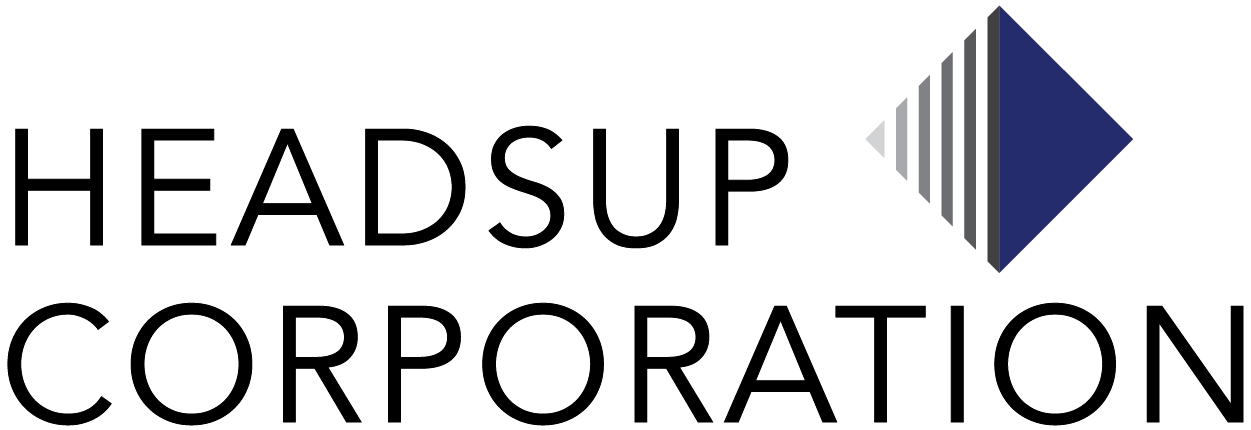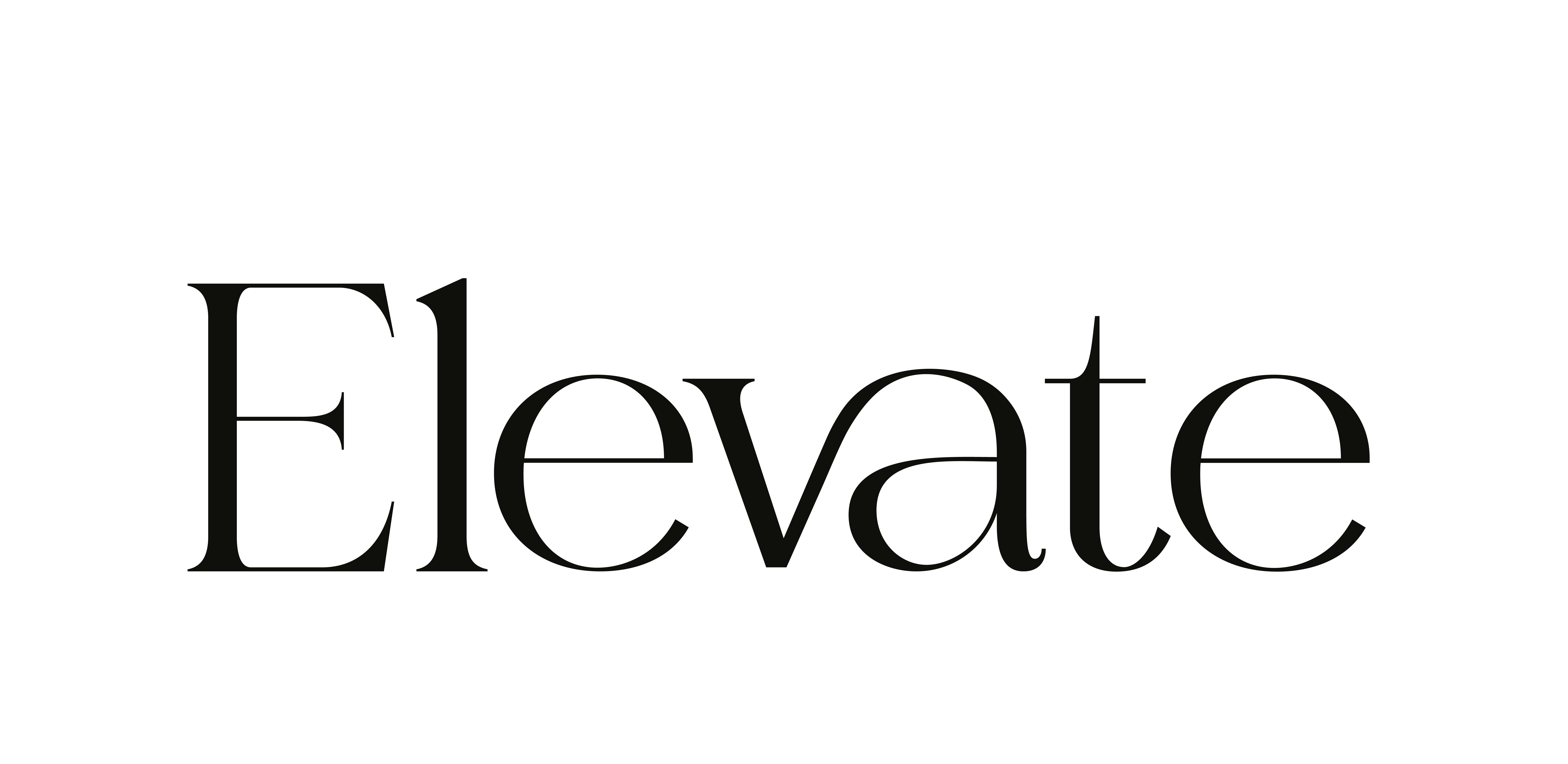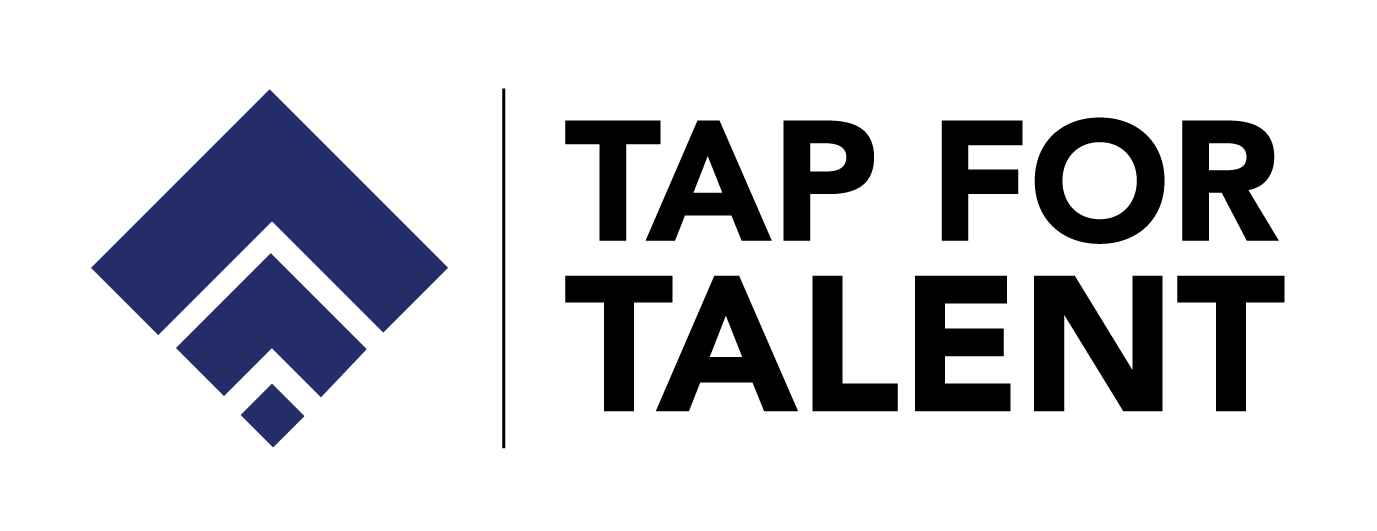Recruiting is a niche in itself. What comes to mind when you think of the recruitment and hiring processes? Some of you would answer interviews, selection processes or the campus hiring drive. Well, you aren’t very far from the truth. But there is more to it. Ask any human resources (HRM) department that deals with hiring and recruitment in HRM, and you will know how well-thought and meticulously planned the procedure is. The brainstorming, compartmentalization of the blueprint, etc., start well before the corporate even sets foot in the hiring arena. Therefore, when we say that hiring the right talent is no child’s play, we mean in it all senses.
Formulation, recruiting, and career management are the three conventional stages of the professional recruiting and selection hiring process that businesses use before they recruit new talent. Preparing starts way early than this stage. This is the process by which a company determines the number of personnel they need and the skill sets these budding talents must possess. But, we are discussing the new revolution model here. The talent pool has changed, and the way to reach the destined employee strata has evolved too.

For instance, as per the LinkedIn official employee learning report, managers are okay with employees using their education to transition into new positions. This further includes the ventures they have never dabbled into. In order to uncover possibilities within their firms, more than a third (35%) of employees worldwide have used employee training programs, and 91% of executives think this can help narrow skills gaps within their organizations.
If you think about it, such opportunities were not present a decade ago. The experience was explicitly the touchstone method for hiring top-tier talent. However, the global pandemic and several movements have influenced (and expedited) trends in internal recruitment, remote employment, international hiring, and capacity building. The best HR recruitment consultant in Delhi agrees that the impact has also changed how we approach the hiring and selection processes. So, what do we do to optimize the conventional hiring and selection process and integrate the modern framework into it?
Scroll down a bit, and you’ll know!
20 Modern Principles to Accelerate Your Hiring and Recruitment Processes in HRM
1. Shifting Strategy
The economy shifts with every recruitment season and sees the rise of a new hiring trend. The first step in the hiring and selection process in HRM, therefore, is to have a shifting strategy that is both elastic and adaptive. It should include a well-articulated plan highlighting your corporate identity, target demographic regarding employees, credible research, and best closing techniques for campus hires (the who, what, when, and how). Remember, your sources are wasted and result in wrong hiring if you have a poorly defined or static hiring strategy.
Ensure you are ahead of time and that your recruitment process in HRM is always up-to-date. Take help from the talent acquisition and retention team, and many consultancies and outsourcing companies can provide you with the data sets, too, if you need them. Just the initiative first.
2. Pipeline Method
Don’t let the terminology fool you; we are quite serious when discussing the pipeline here. Imagine a strong current of water flowing down a drain pipe. Isn’t it heading towards one and only one direction? And, if at all its branches out, the direction is still very focused with minimal change in the velocity of the stream. Such is the talent pool which you have to look for. Recruiters use this branched yet connected methodology to churn out the preliminary outline for their recruitment and selection hiring process. Look for a “pipeline” that goes with your company’s stream of flow. You can check for the branches such as:
- Workforce planning
- Branding
- Continuous sourcing
- Onboarding
All these territories form the basic outline of your pipeline hiring system. Ensure that they all are on point and streamlined before you begin.
3. Side-by-side Assessments
Most transformational leaders compare their recruitment and selection in HRM strategies to their competition. Contrast your ideas and methodologies with your brand’s potential rivals and those who are unmistakably stronger and have been in the market for quite a long time. Competition usually learns and modifies each other’s strategies. Therefore, it’s important to constantly compare your methods to theirs and keep your game up.
It’s a right of thumb that applicants fall under the following category that is always up for cutthroat competition. In most circumstances, if you don’t have to stretch yourself beyond limits, the talent pool you have is not the best. This is because the best candidates are always in great demand. So, would a company just as successful as you would give up without putting up a fight?
4. Employer Branding
Employment branding, the act of enhancing your independent association as a wonderful workplace, is the technique that has the biggest influence and is the sole long-term recruitment and selection in human resource management tactics. You may significantly enhance the quantity and caliber of business candidates over time by aggressively making it simple for prospective candidates to know your modus operandi. Let them read, assess, hear, or see the elements that make working at your company interesting. You don’t have to look for them afterward, and the right talent would come automatically.
5. Going Global
Your location plays an essential role in recruiting top-tier talent and retention. Localized talent-hiring may not work for your brand’s long-term goals. So, going global is the first step to modernizing hiring and recruitment in HRM. Global recruiting must be possible for positions that call for top talent at your workplace if not all. This, in reality, is due to the likelihood that the finest potential does not reside nearby your place of employment. So, seek out those talented lot rising in any nook and corner of the world and prepare for the next big feat.
6. Seeking Active Candidates
Let’s define an active candidate first. In layman’s terms, an active candidate is a seasoned talent working somewhere else. The most effective recruitment and selection strategy is made to locate and effectively hire the top achievers among those who are already working. This means that the procedure must be able to locate and persuade employees who work for your competitors but may not be actively seeking employment. Unfortunately, “active” prospects are the target audience for the majority of professional recruiting strategies. So, you need to stand out from the crowd while you come up with a lucrative offer that suits both ends and is sustainable in the long run.
7. Fastrack Hiring
Quick recruiting decisions are crucial when a person in great demand chooses to change jobs. Top applicants must be hired according to “their” decision-making timeline. The best applicants leave the market in less than half the time it typically takes for a corporation to fill a position. So, what do you think you can do here?
Come up with easy and fast-tracked steps in the recruitment and selection process in HRM. It should meet the timeline of your talent acquisition and retention department and optimizes whatever time the candidate has to offer. Work out this balance, and you can expedite easy hiring and selection.
8. Outsourcing

It is highly doubtful that you will hire someone of a high caliber if you do not make use of sources that draw a sizable percentage of top achievers. Reliable outsourcing is the most important aspect of the hiring and recruitment process in HRM after employment branding. Employee recommendations are usually the best source. The recruitment process at business-related competitions and events is another efficient but underutilized source.
When you use ineffective sources, you must invest a lot of time and money in candidate screening to prevent making a bad hire. Depending on the kind of candidate needed for that position, the shift must be the correct outsource, such as the best HR Recruitment in Delhi that is utilized. Unfortunately, a lot of recruiters apply the exact same sourcing strategy to every position. Try outsourcing, and you will see a significant change.
9. Data-Driven Analysis
Facts and statistics should be used to inform judgments on sources, screening methods, and hiring processes, not feelings or even customs. Eliminating biases through the use of objective data improves recruiting processes’ consistency, dependability, and quality of findings. It’s also true that in a world that is changing quickly, “what works” alters quickly, making recruitment tactics quickly obsolete. Unfortunately, emotions and “it’s the way we’ve always done it” frequently dominate organizational decisions instead of being a minor factor in employment practices or recruitment and hiring strategy.
10. Culture of Recruiting
The most successful strategies foster a “culture of recruiting” among all managers and staff members. All must play a significant additional role in locating talent and promoting the employee experience due to their constant contact and connection with outside talent. The best recruitment techniques persuade employees to be potential talent scouts around-the-clock, turning every employee into a recruiter.
11. Having a Customer Relationship Management (CRM)
Focus the hiring process on the needs, requirements, and experiences of the candidates. Selling a prospect on applying for and accepting a job is a big component of recruiting. The sales and marketing and customer relationship management (CRM) models must, at least in part, be used in hiring. The hiring process’s handling of applicants is frequently the main factor in their decision to reject job offers. It’s also critical to remember that prospects might become current or future clients, so treating them poorly now could negatively influence income later.
12. Target Highest Business Impact Jobs
Effective recruiting strategies enhance resource usage by selecting and concentrating on the most significant business impact occupations. That typically refers to positions that generate or affect revenue and positions in high-margin and quickly expanding business units. High-impact individuals who are top performers, innovators, and game-changers should also be the focus of the process.
13. Improvise Your Delivery System
Despite the fact that corporate recruiting plans the process, managers “deliver” and carry out a sizable portion of it. Therefore, hiring managers are required to comprehend its components and encourage its careful execution. You must convincingly show each recruiting manager that they would lose out if a poor or “butts in chairs” hire is made. Therefore, recruiting and selection process in HRM must persuade each hiring manager of the value of following the procedure precisely by making a compelling business case. The best technique to convince hiring managers is to quantify the dollar impact of recruiting success on each manager’s sales and profit.
14. Diversity and Inclusion

In order to effectively recruit diverse individuals from around the world, the procedure must be sufficiently varied and personalized. Diversity and inclusivity are evolving from mere legalese to essential elements in increasing worldwide sales. There are five pillars on which your diversity and inclusivity-based hiring banks on. Check if your procedure ticks all these boxes or not:
- Gender gaps
- Ethnicity with an emphasis on minorities
- Age disparities
- Disabilities of all kinds
- People from the LGBTQIA+ spectrum
15. Selling Applicants
The finest hiring procedures develop long-term “relationships” with prospective employees in order to win their trust and interest. Unfortunately, without this degree of trust, no number of benefits or job characteristics will persuade high-demand candidates. Stretching out the assessment procedure over time enables you to learn more about the candidate and reduces the likelihood of making a poor hire because all candidate-screening procedures have shortcomings. The greatest strategies are made to capitalize on how quickly changes in a target candidate’s organization and current employment can influence their willingness to consider a new position.
16. Include Technology
The most effective hiring procedures mainly rely on the Internet and on technology. The world has flipped with the advent of technology we could not have imagined. Everything is automated, and so should your hiring and selection process. Technology can:
- enhance screening of applicants
- speed up hiring formalities
- save costs of traveling and interview rounds
- provide the company with the flexibility to hire international
17. Identify the Skill Gaps
Integration of recruiting procedures with other HR procedures is necessary. Reduced results will be obtained from recruiting procedures that run separately rather than in concert with other HR tasks like relocation and compensation.
18. Integrating Skill Sets
Industry talent shortages are common, but if a company has a strong employment brand, an excellent referral program, and a candidate-friendly hiring strategy, it may actually have an excess of candidates. For instance, attractive movie stars frequently have little trouble finding “dates” even though the typical “Joe” has no luck. Depending on your reputation and what you have to offer, there may or may not be a talent scarcity.
19. Remote/Hybrid Work Models
Giving candidates the option of remote employment significantly expands the candidate pool. Companies that can manage applicants who work remotely have a significant competitive advantage. They can entice top performers who don’t reside nearby, like working from home, or are okay with a short commute.
20. Metrics of Assessment
Every recruiting area drastically improves when managers and individuals are evaluated, acknowledged, and rewarded for their recruiting-related contributions. You may make a strong statement about the significance of recruiting by persuading top management and HR to attach metrics and rewards to crucial hiring areas.
So, what’s the best recruitment and selection process in HRM?
The way to hire the right talent doesn’t follow the one size fits all principle. Each organization has a different module that goes with its recruitment and selection strategy. Still, the realization that succinctly defining the system’s rules is necessary to achieve standardization with outstanding performance has spread to almost every corporate governance.
Obviously, there could be modifications towards the aforementioned concepts and exceptions to them. But, engaging with a process we have discussed thus far helps you find your own model. These fundamental principles are the building blocks that help you know where to put all your efforts into action and then come up with a revolutionary and impactful recruitment and selection process in HRM.
Frequently Asked Questions(FAQs)
Q: What are the benefits of the recruitment and selection process in HRM?
A: The main benefit of a recruitment and selection policy is to provide an open and equitable hiring process that can help HR staff choose the best candidate based on merit and suitability for the position. For an organization to continue to be successful, finding the appropriate candidates is of the utmost significance; hence, recruitment and selection strategies become very important.
Q: How relevant is the recruitment and selection hiring process for new companies?
A: Every organization invests a great deal in its new talent. But, finding this talent is the main part. If your recruitment and selection process is not on point, you might miss out on great opportunities and deals of the future. They are also equally relevant in terms of generating higher revenue and keeping up with market trends.
Q: What are the steps in the recruitment and selection process in HRM?
A: The major steps involved in the recruitment and selection process in HRM are:
Get the job description.
sources to consider.
Candidates are screened.
List prospective candidates.
Screen potential hires.
Perform tests.
Offer letter









